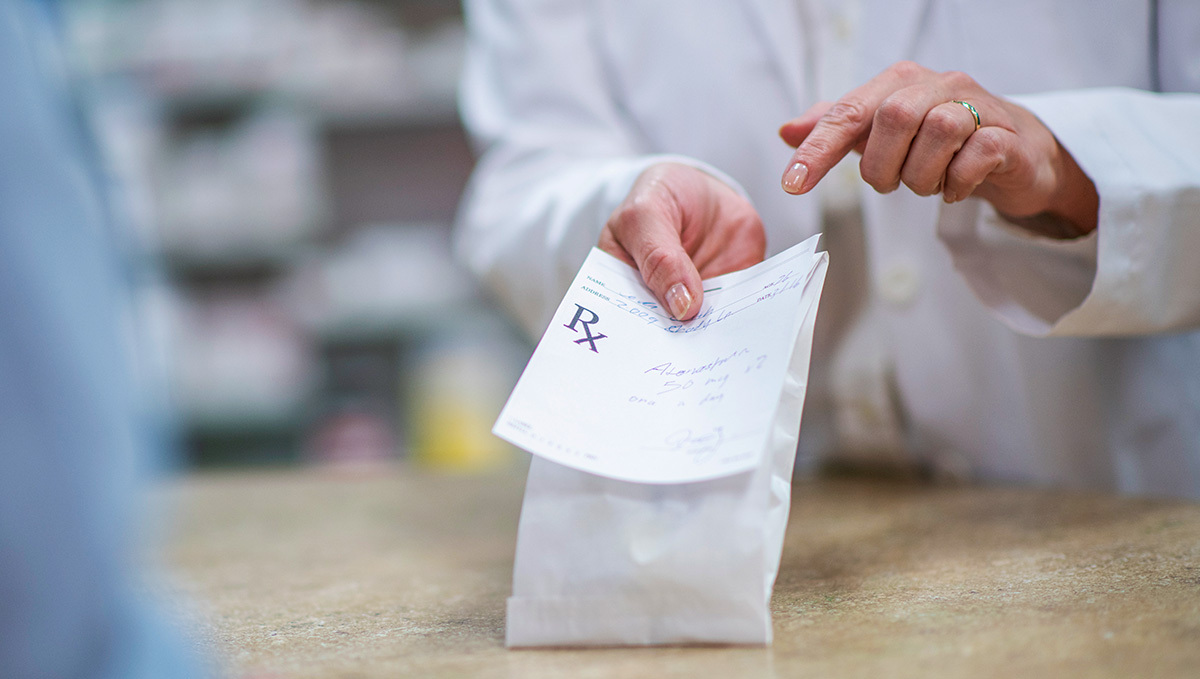Legal Weed Makes Prescription Drugs Use Go Down, Study Finds

It has been long suggested and later confirmed by research that the adoption of medical marijuana laws has a significant effect on the volume of drug prescriptions. Now a team of scientists from Cornell University found that the same thing happens as well when a state or territory legalizes adult recreational use of the substance.
To arrive at these results, the researchers studied the data gathered by the Centers for Medicare and Medicaid Services in all 50 states between 2011 and 2019. During this period, 18 US states plus the District of Columbia have allowed cannabis use for adults, with Colorado and Oregon being the first ones to do so in 2012.
Reduced Costs to the Patient and the Society
Consistent with the previous findings with respect to medical marijuana legalization and in full accordance with the team’s proposed hypothesis, the end of cannabis prohibition leads to an end in the abuse of prescription pharmaceuticals. And since most of these drugs are either expensive or overpriced, their decreased consumption leads to significant amounts of money being saved by Medicare and Medicaid.
A more important positive consequence associated with cannabis legalization is that many prescription drugs have serious side effects and their replacement with cannabis results in reduced harm and risks for the patient. Especially dangerous is the overuse of prescription painkillers which has recently led to an opioid crisis that many experts and policymakers call an epidemic.

Yet Another Case For Health Benefits of Medical Marijuana
The list of conditions for which prescription volumes decrease when cannabis becomes legal includes pain, depression, anxiety, sleep, psychosis, and seizures. It’s yet another piece of circumstantial evidence for the therapeutic effectiveness of the drug. Although the study wasn’t designed to provide an explanation for its results, the authors suggest that thanks to the wider availability of cannabis, some people self-medicate with it instead of going to the doctor in the first place. And since most primary care visits result in prescriptions, many Rx blanks remain unfilled.









Comments